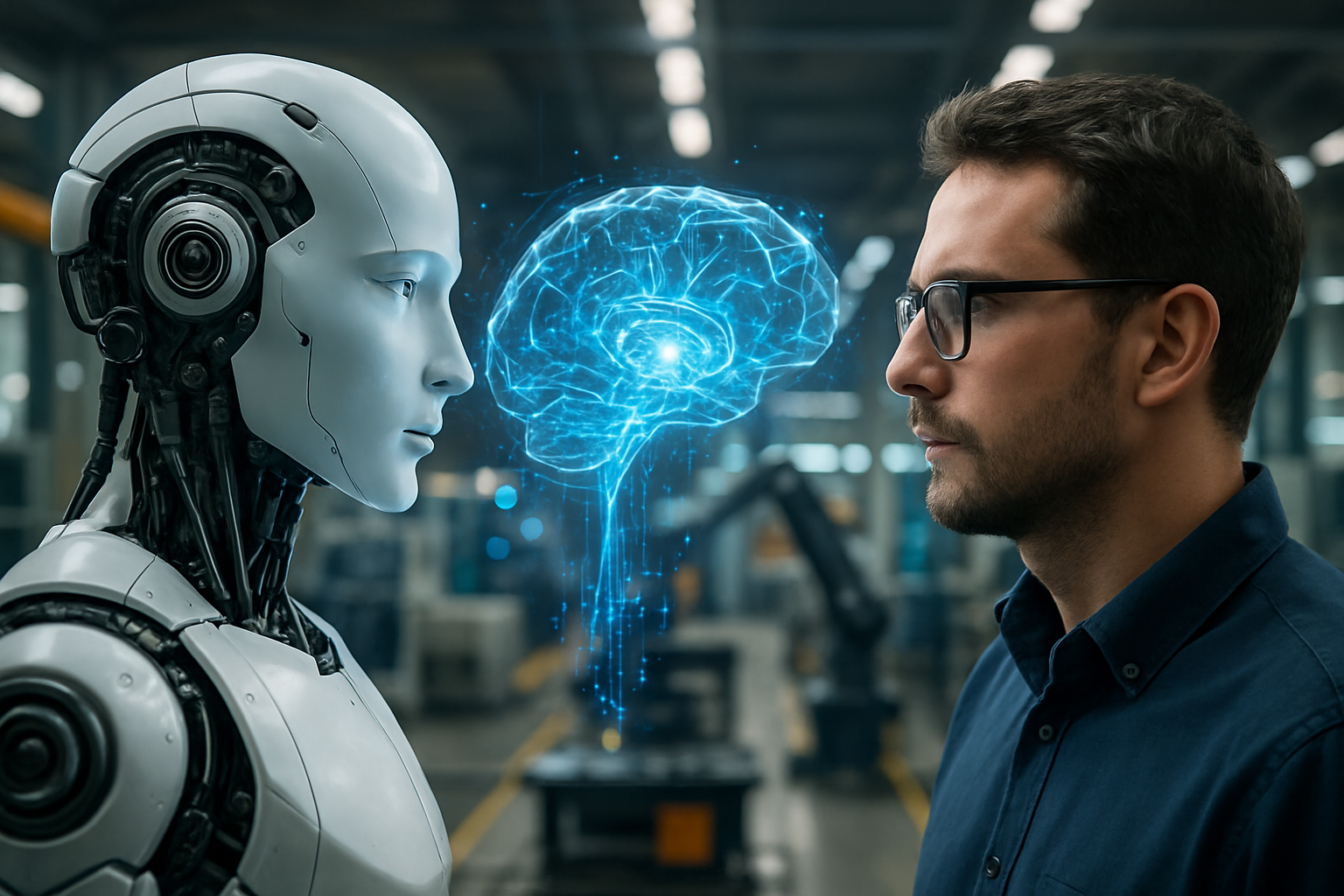Kinetic Sculpture: Moving Art in the Digital Age
In an era dominated by digital screens and virtual experiences, a captivating art form is gaining momentum, challenging our perceptions of movement and physicality. Kinetic sculpture, a dynamic fusion of art and engineering, is experiencing a renaissance in the contemporary art world. This resurgence is not merely a nostalgic nod to the past but a bold reimagining of motion and interactivity in the age of technology. As galleries and public spaces increasingly embrace these mesmerizing creations, kinetic sculpture is poised to redefine the boundaries between static and dynamic art.

Technological Advancements Propelling the Art Form
The digital revolution has breathed new life into kinetic sculpture. Modern artists are harnessing cutting-edge technologies like 3D printing, sensors, and advanced robotics to create increasingly sophisticated and responsive works. These technological advancements have expanded the possibilities of what kinetic sculpture can achieve, allowing for more intricate movements, interactive elements, and even integration with artificial intelligence.
Blurring the Lines Between Art and Science
One of the most fascinating aspects of contemporary kinetic sculpture is its ability to bridge the gap between art and science. Many artists in this field collaborate closely with engineers, physicists, and computer scientists to bring their visions to life. This interdisciplinary approach not only results in technically impressive works but also opens up new avenues for exploring scientific concepts through artistic expression.
Environmental Awareness and Sustainability
A notable trend in modern kinetic sculpture is the focus on environmental themes and sustainable practices. Artists are creating works that harness natural energy sources like wind and solar power, turning their sculptures into statements on renewable energy and ecological balance. These pieces not only captivate viewers with their movement but also serve as powerful reminders of our relationship with the natural world.
The Impact on Public Spaces and Urban Design
Kinetic sculptures are increasingly finding homes in public spaces, transforming urban environments into dynamic, interactive galleries. City planners and architects are recognizing the value of these works in creating engaging public areas that encourage community interaction and contemplation. From bustling city centers to quiet parks, kinetic sculptures are redefining how we experience and interact with our surroundings.
Challenges and Future Directions
Despite its growing popularity, kinetic sculpture faces unique challenges. The maintenance and longevity of moving parts, especially in outdoor installations, require ongoing attention. Additionally, balancing artistic vision with technical feasibility remains a constant negotiation for artists in this field. However, these challenges are driving innovation, pushing artists and engineers to develop more durable materials and sophisticated mechanisms.
As we look to the future, the potential for kinetic sculpture seems boundless. The integration of augmented reality and machine learning promises to create even more immersive and responsive artworks. The line between physical and digital realms may blur further, offering viewers entirely new ways to engage with and experience art in motion.
In conclusion, kinetic sculpture stands at the forefront of artistic innovation, embodying the dynamic spirit of our technological age while maintaining a tangible, physical presence. As it continues to evolve, this art form not only challenges our perceptions of what art can be but also inspires us to see the beauty in motion and the poetry in mechanics. In a world increasingly defined by virtual experiences, kinetic sculpture reminds us of the power and wonder of physical movement, inviting us to pause, observe, and marvel at the dance between art and science.





